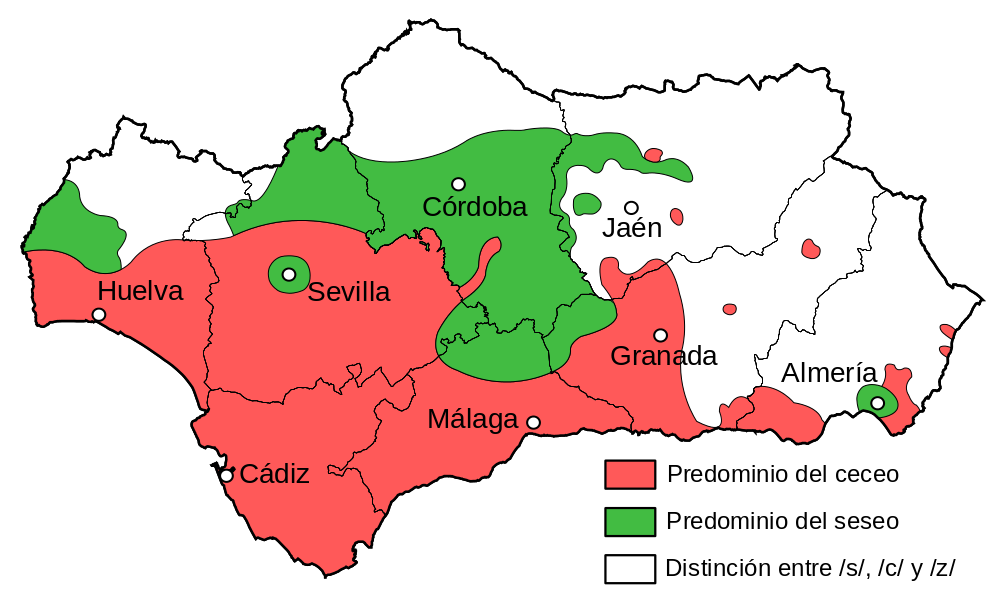Authoring Content for Machine Translation and the Enterprise Content Drift. The Content Wrangler, Content Rules, webinar
2-4
IV International Conference Translating Voices, Translating Regions, Centre for Intercultural Mediation. Durham University, Durham City, UK.
2-5
Translation and Transmission Conference. Tsadra Foundation, Keystone. Colorado, USA.
3
think! Latin America, Globalization and Localization Association. Lima, Peru.
3-5
MedTranslate 2014, GxP Language Services. Freiburg im Breisgau, Germany
4
Michigan Translators/Interpreters Network (MiTiN). 5th MiTiN Conference
Novi. MI, USA.
Oregon Society of Translators and Interpreters (OSTI). 1st Annual OSTI Conference. Albany, OR, USA.
5-7
ELIA Networking Days Tuscany, ELIA (European Language Industry Association). Tuscany, Italy.
6-7
Localization Project Management Certification, The Localization Institute, Seattle, Washington, USA.
10
Loc Kit Software Localization Conference, All Correct Localization. Moscow, Russia.
10-11
14
Best Practices: Lessons from an Industry Recruiter Point of View, The Localization Institute, webinar.
14-16
SLSP 2014, Research Group on Mathematical Linguistics, GETALP. Grenoble, France.
16
Taking Your Content Strategy Global, Content Rules, Content Strategy/Content Marketing Pros Meetup, San Francisco, California, USA.
17-18
KATS International Conference, Korean Association of Translation Studies, Ewha Research Institute for Translation Studies. Seoul, Korea.
22-24
Information Development World, The Content Wrangler, Content Rules. San Jose, California, USA.
22-26
AMTA 2014, Association for Machine Translation in the Americas. Vancouver, BC, Canada.
23-24
Translation Technology Terminology Conference. Iolar, Bled, Slovenia.
23-25
6th Asian Translation Traditions Conference, Asian Translation Traditions Conference Series, University of the Philippines, Diliman, Philippines.
27-28
TAUS User Conference, TAUS, Vancouver, Canada
29
Global Communications Conference, The GEO Group, Madison, Wisconsin, USA.
29-31
Localization World Vancouver. Localization World Ltd. Vancouver, Canada.
29-Nov 1
Conference of Interpreter Trainers 2014 Biennial Conference Our Roots: The Essence of Our Future. Portland, OR, USA.
30-Nov 1
TRANSLATA II, University of Innsbruck. Innsbruck, Austria.
METM14, Mediterranean Editors and Translators, Madrid, Spain.
1-31
Courses offered in October. Colegio de Traductores Públicos de Buenos Aires, Argentina.






